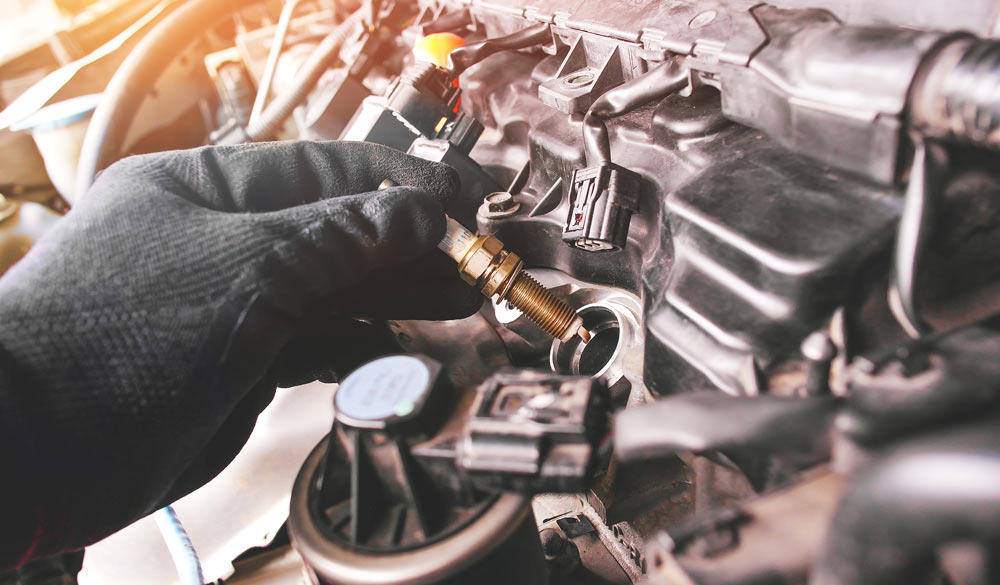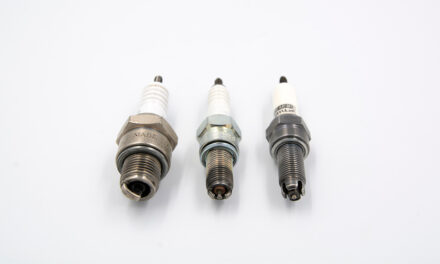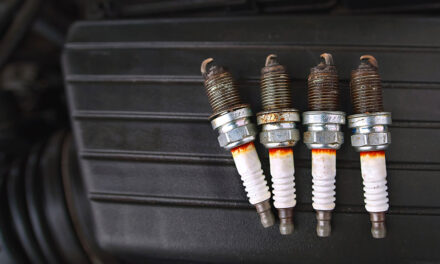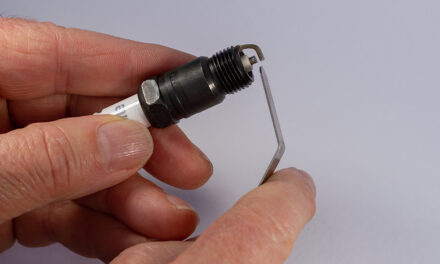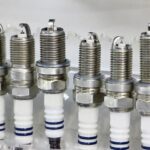Engines, whether they’re in your trusty old car or a roaring race machine, are intricate puzzles of parts, each playing its unique role. Among these components, the spark plug might appear humble, but its function is paramount. Let’s unravel the pivotal role of the spark plug in your engine’s symphony.
A Brief Overview
At its core, an internal combustion engine works by igniting a mixture of fuel and air to produce power. This ignition is where the spark plug comes in. Acting as the conductor of this fiery orchestra, the spark plug delivers electric current from the ignition system to the combustion chamber, creating a spark that ignites the fuel mixture.
Main Functions of Spark Plugs
- Ignition of Air-Fuel Mixture: The primary function, as explained above. This ignition drives the piston down, turning the crankshaft and ultimately moving your vehicle.
- Heat Removal: Spark plugs remove excess heat from the combustion chamber, transferring it to the engine’s cooling system.
- Maintaining Optimal Combustion: By ensuring a consistent spark, these plugs maintain the engine’s optimal combustion, guaranteeing fuel efficiency and reduced emissions.
- Protecting the Engine: By sealing the combustion chamber, spark plugs prevent combustion pressure and debris from causing damage.
Factors Influencing Spark Plug Performance
Several factors determine how efficiently a spark plug performs its duties:
- Material: Plugs can be made of copper, platinum, or iridium, each with benefits and drawbacks.
- Heat Range: This refers to a plug’s ability to dissipate heat. The proper heat range ensures the plug operates at its optimal temperature.
- Gap Size: The gap between the center and ground electrode affects the spark’s size and efficiency. This gap can be adjusted based on engine needs.
Understanding the role of spark plugs in your engine not only enlightens you about your vehicle’s operation but also helps diagnose issues and ensure optimal performance.

